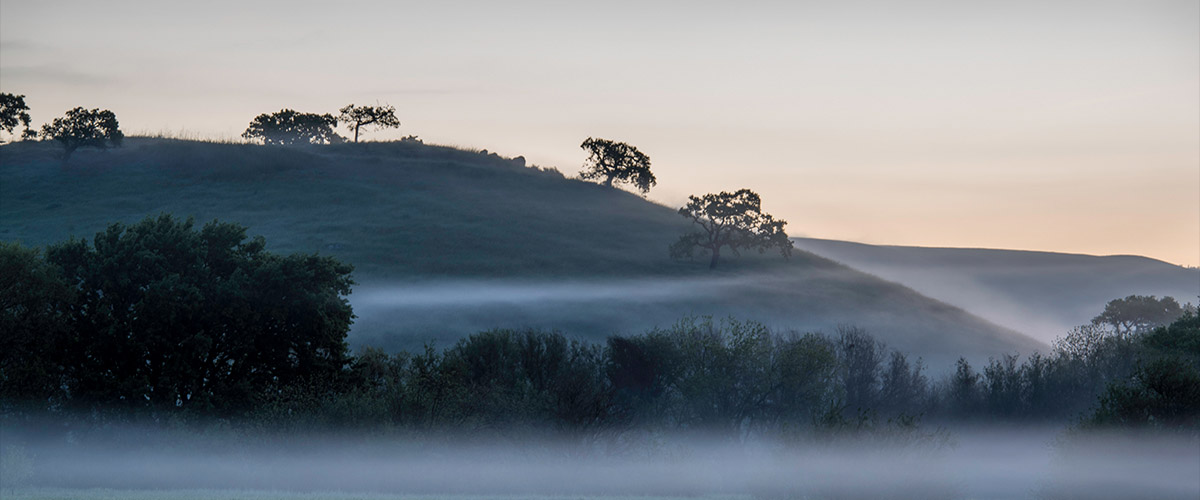
The first priority of open space is the conservation value of the land. This includes such things as streams, forests, animals and plant life. Recreation facilities like trails, restrooms, and parking are designed so visitors can enjoy the natural world with little ecological impact. Parks provide more intensive recreation and offer highly developed facilities, including playing fields, motor sport tracks, playgrounds, picnic pavilions, and swimming pools. The emphasis is on providing a broad range of visitor activities.
For more information, please check out Visitors.
The Open Space Authority holds title to some lands, has conservation easements on others, and has contributed funding to the preservation of open space by other agencies. All of these actions protect important undeveloped land and contribute to the Agency's total protected acreage.
For more information, please visit Protected Lands.
Usually a property is closed after it’s purchased so staff can conduct a survey of various features. This helps determine the best alignment for trails and identify other concerns. For instance, there may be resources that need special protection. Before planning for new facilities can begin, the Open Space Authority must be sure money will be available for ongoing maintenance as well as design and construction. The design process itself can be complex, requiring resource studies, permits, and public review. Managing a project from start to finish can take a number of years.
Check Protected Lands for more information.